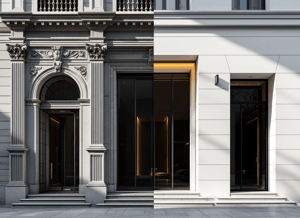How brands own words
You might have seen that Specsavers has applied to trademark the word ‘should’ve’. And they’re not the first; Carlsberg managed to trademark the word ‘probably’ (and cunningly got round a ban on alcohol advertising at Euro 2016 by using just that word on billboards).
They’re both words that started off in straplines and have taken on a (carefully managed) life of their own. And they prove that your brand’s words can be what Professor Byron Sharp calls ‘distinctive assets’ , just as much as the visuals. After all, which is more Nike: the swoosh, or ‘Just do it’? They both ooze Nikeness.
The words you use in your straplines, names (not just the brand name) and, of course, your tone of voice all have the potential to be recognisable, distinctive elements of your brand. But most brands don’t think of language methodically enough, or make memorability enough of a factor in the words they choose. That’s why we spend our lives convincing new marketing directors not to ditch really well known straplines, just because their strategy has changed slightly.
So have a look at your brand. How many ‘distinctive linguistic assets’ does it have? (We know, we know: we’d like to help the Professor with his language, too.)


